Buxus sempervirens (English Boxwood)
Michael's Opinion
An excellent plant where it can be grown because of hardiness issues. I have had success growing it in the walled patio garden at the Cuddy Estate, but it may never achieve the size that I have seen it growing in England. It has a pleasant scent released from the foliage in the summer when clipped.
Botanical Information
| Family | Buxaceae |
| Genus | Buxus |
| Species | sempervirens |
| Category | Woody |
| Type | Shrub (evergreen) |
| Origin | Found throughout Europe but rare in England and limited there to only a few locations in the south and southwest. It has been a popular garden plant in Europe since Roman times and as a result has become naturalized throughout the region. |
| Pronunciation |
Details
| USDA Hardiness Zone | 5 - 8 |
| USDA Hardiness Ref. | |
| Canadian Hardiness Zone | 4a - 7a |
| Canada Hardiness Ref. | |
| RHS Hardiness Zone | H5 - H7 |
| RHS Hardiness Ref. | |
| Temperature (°C) | -29 (-12) |
| Temperature (°F) | -20 - 10 |
| Height | 2 - 5 m |
| Spread | 2 - 5 m |
| Growth | Slow |
| Flowering Period | June |
Description and Growing Information
| General Description | Dense, multi-branched evergreen that holds its foliage to the ground, developing a loose, rounded mound. |
| ID Characteristic | New foliage is particularly waxy, glossy and light green, more so than B. microphylla. |
| Shape | Rounded evergreen shrub. |
| Landscape | Hedging, topiary and informal plantings 'en masse', it responds well to clipping. The wood (which is very hard) is often used in fine carpentry and carving and turning. |
| Propagation | Propagate in mid-summer by taking semi-ripe cuttings from the current season's growth. Collect in the early morning using a sharp knife to cut pieces 10 - 15 cm in length. Remove all leaves from the lower third and pinch out any soft terminal growth. Dip into a number 2 rooting hormone, insert into trays or pots of cutting compost (50/50 mix of compost and sharp sand or perlite) and water well. Place in a propagator with bottom heat set at 15�C with or without mist; rooting should occur in 4 - 6 weeks. |
| Cultivation | Quite adaptable to most soils but prefers good garden soils. Prune in summer, normally mid-June once foliage has hardened. |
| Pests | Spider mites may be an occasional problem in hot summers. Recently Boxwood blight has become a major problem both in Europe and most of North America. The fungus Cylindrocladium buxicola causes leaf spots, defoliation and even extensive die-back. The disease can be spread by water splash, tools and footwear and can survive for up to six years in the soil. It thrives in moist, humid environments but is killed when exposed to temperatures in excess of 33 �C for at least a week. The disease also affects Pachysandra, Sarcococca and Buxus balearica, sinica, macowanii, microphylla, bodinieri, glomerata, harlandii, sempervirens and riparia. |
| Notable Specimens | Mac Cuddy Botanic Garden, Strathroy, Ontario, Canada. Westonbirt, The National Arboretum, Tetbury, Gloucestershire, England. Chelsea Physic Garden, London, United Kingdom. Godolphin House, Helston, United Kingdom. |
| Habitat | Open woodlands, rocky hillsides, scrub. |
| Bark/Stem Description | Pale grey to light beige, finely textured. Wood is used in fine detail carving. |
| Leaf Description | Opposite, simple, evergreen, ovate to oblong 1-2.5 cm long. |
| Flower Description | Creamy yellow, in clusters, fragrant. |
| Fruit Description | 5 mm long, 3-horned dehiscent capsule, each valve contains two seeds. |
| Colour Description | Lustrous dark green above, light green below in all seasons. |
| Texture Description | Medium-fine. |
Photographs
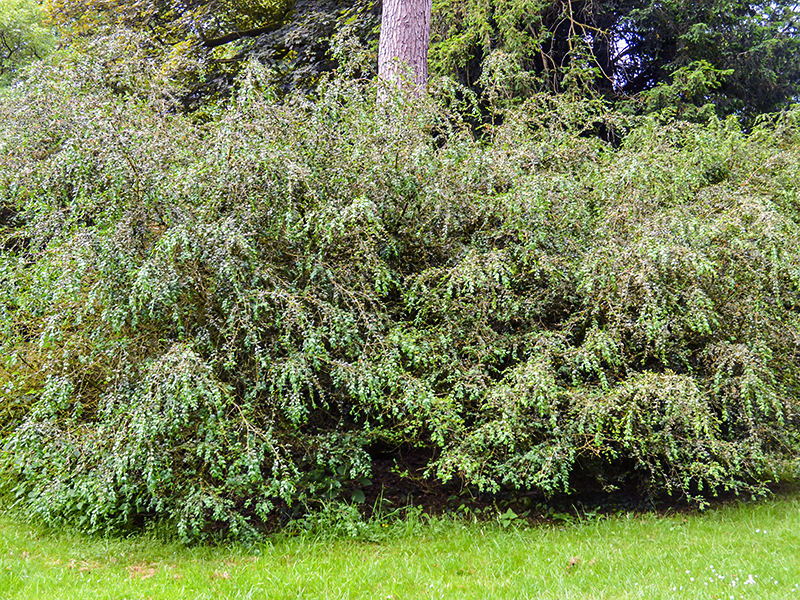
Buxus sempervirens, form.
Buxus sempervirens, leaf.
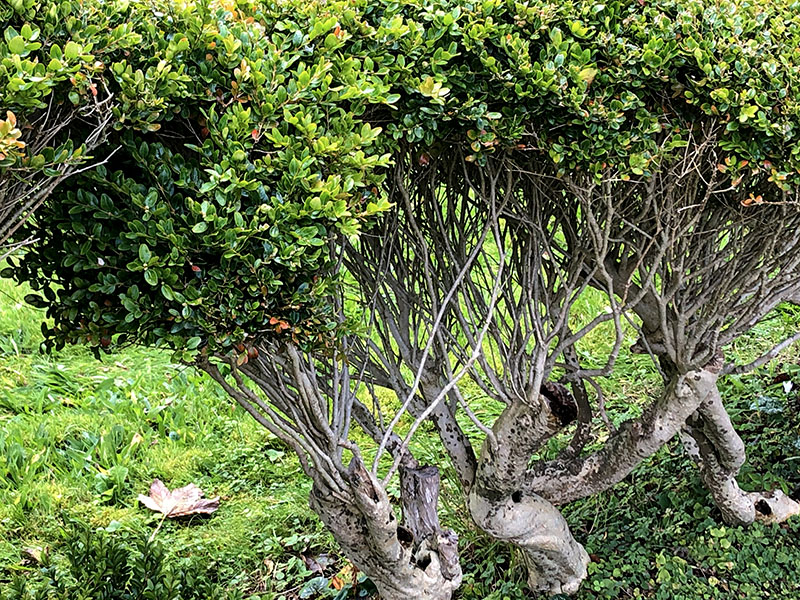
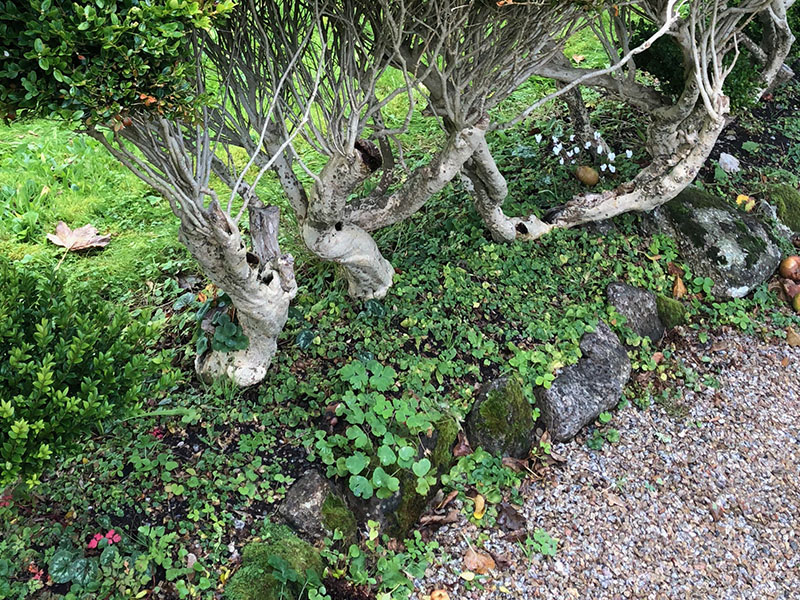
Buxus sempervirens, bark. Godolphin House, Helston, United Kingdom.
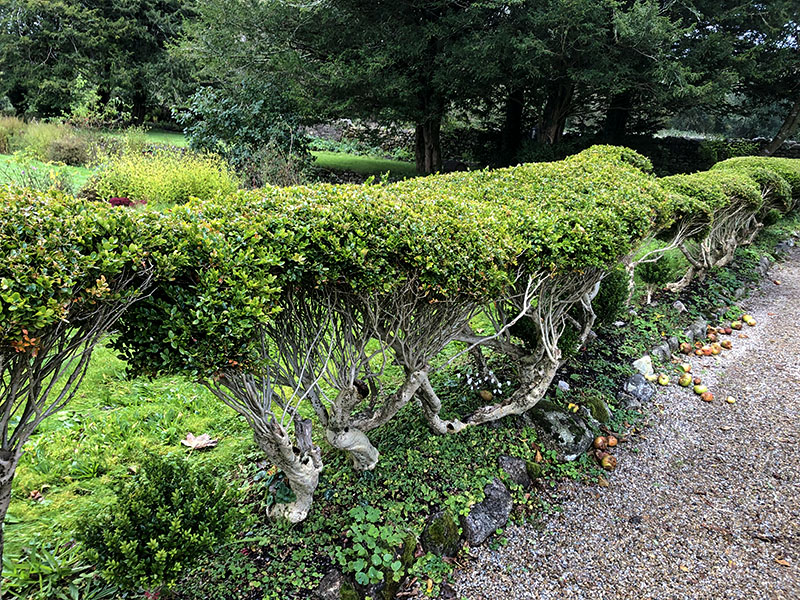
Buxus sempervirens, clipped form. Chelsea Physic Garden, London, United Kingdom.

Buxus sempervirens, form. Godolphin House, Helston, United Kingdom.
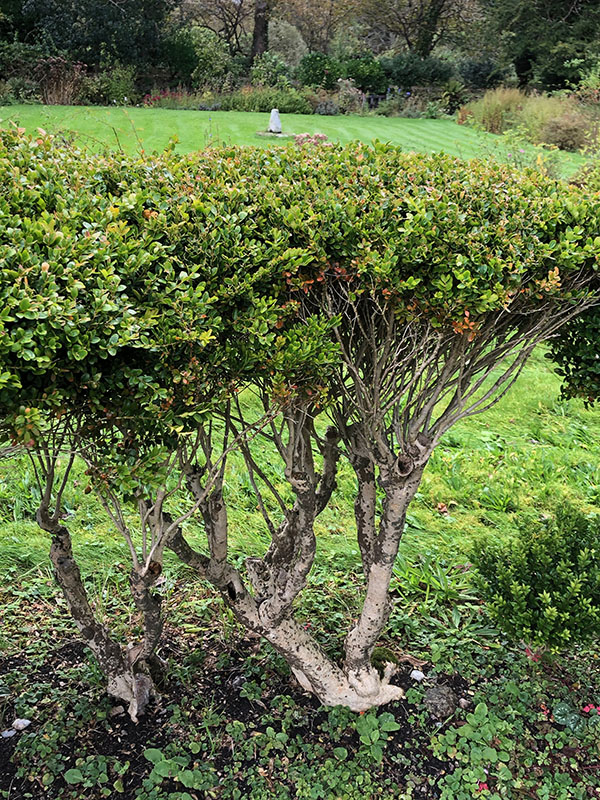
Buxus sempervirens, form. Godolphin House, Helston, United Kingdom.
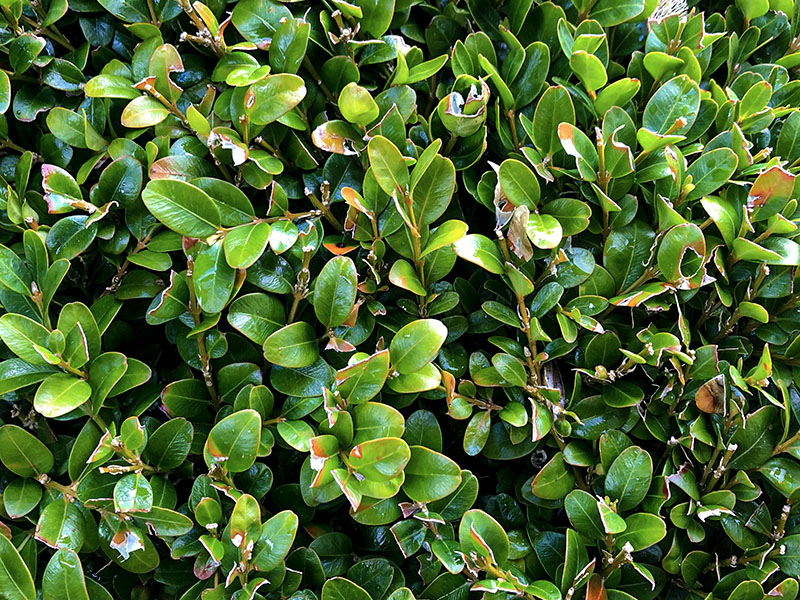
Buxus sempervirens, leaf. Godolphin House, Helston, United Kingdom.
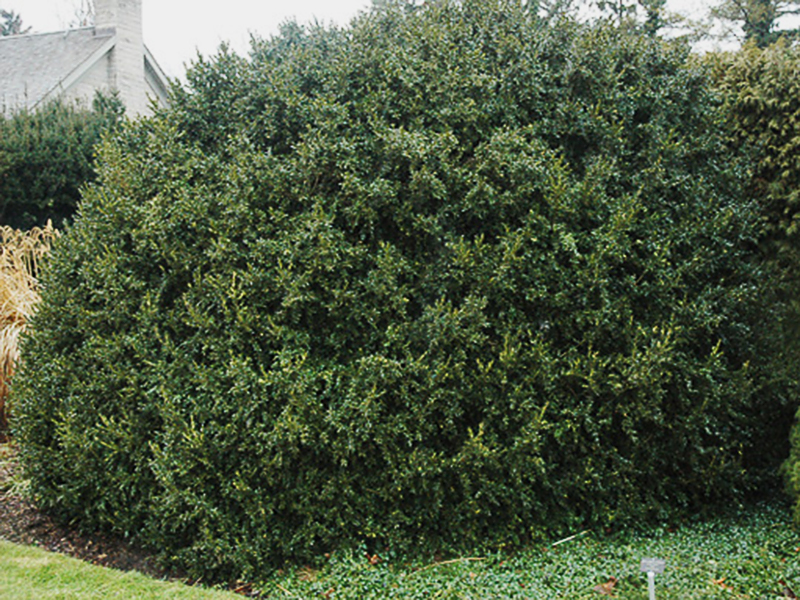
Buxus sempervirens 'Grey Dawn' at the Niagara Parks Botanical Gardens.
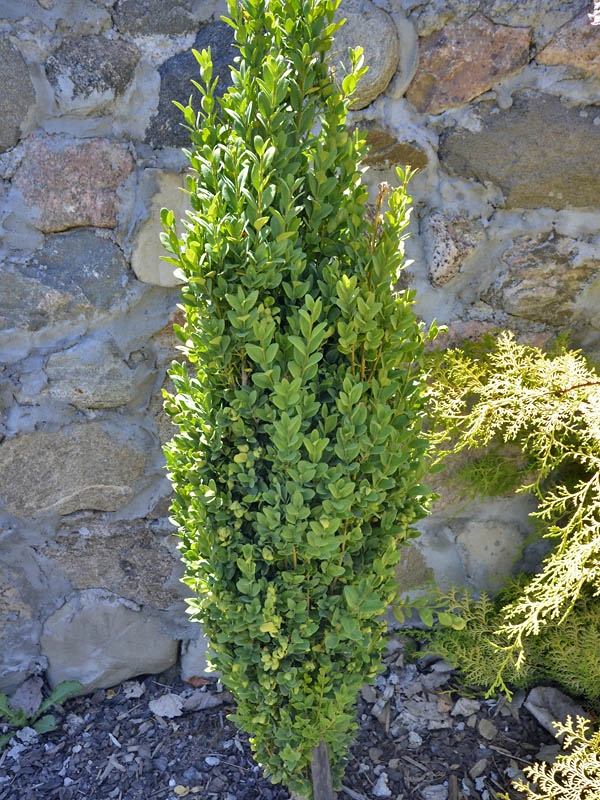
Buxus sempervirens 'Graham Blandy'.
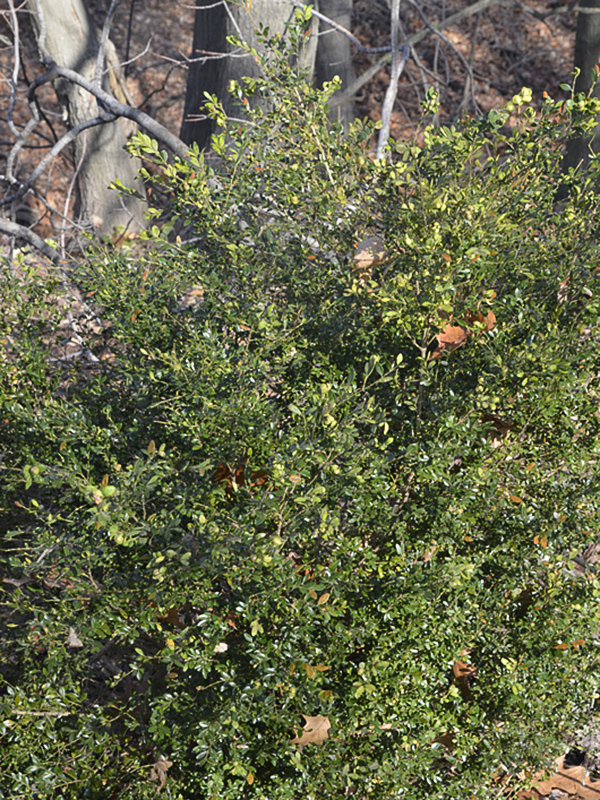
Buxus sempervirens 'Aurea Pendula'.
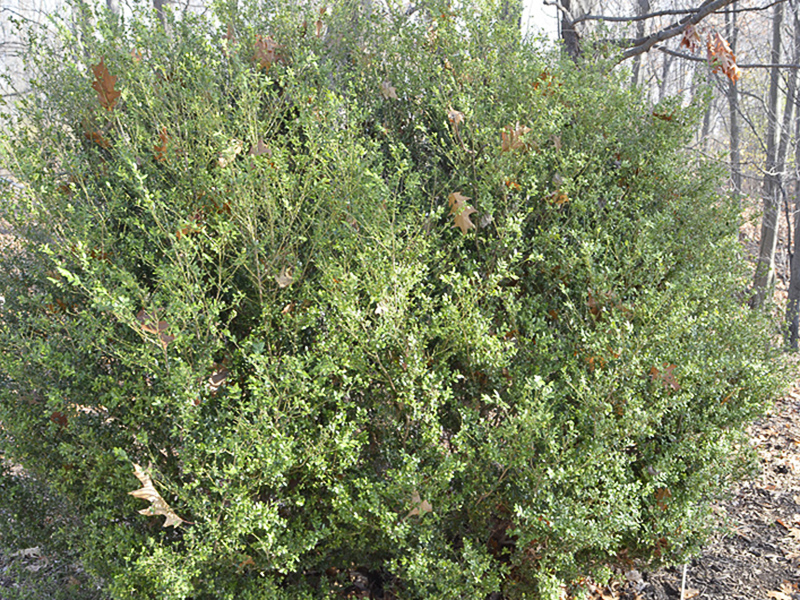
Buxus sempervirens 'Professor A.P. Saunders'.
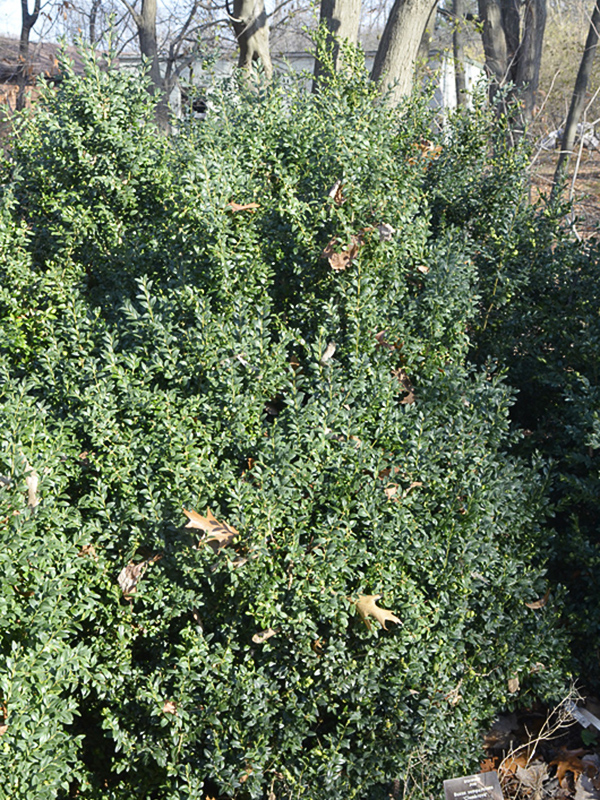
Buxus sempervirens 'Clembrook'.
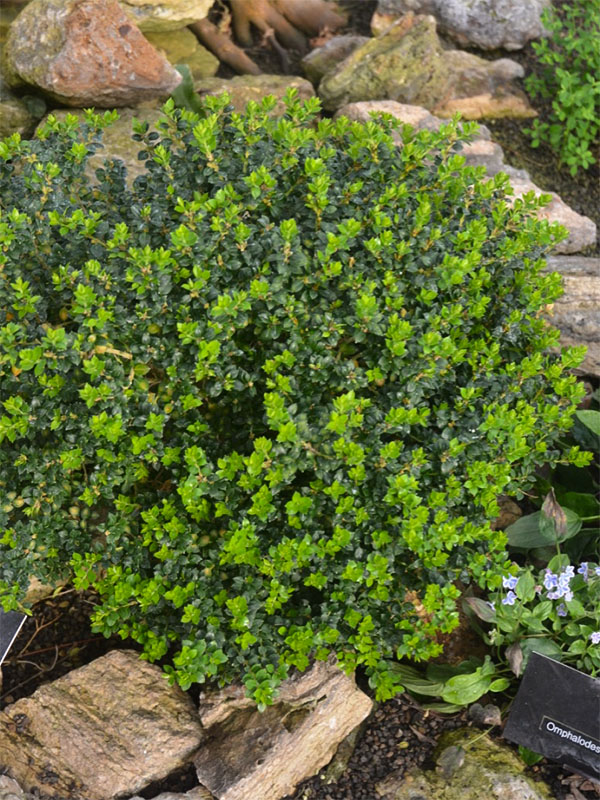
Buxus sempervirens 'Prostrata'.